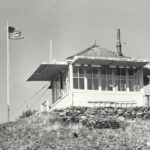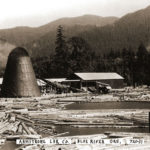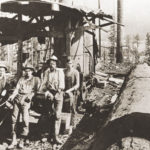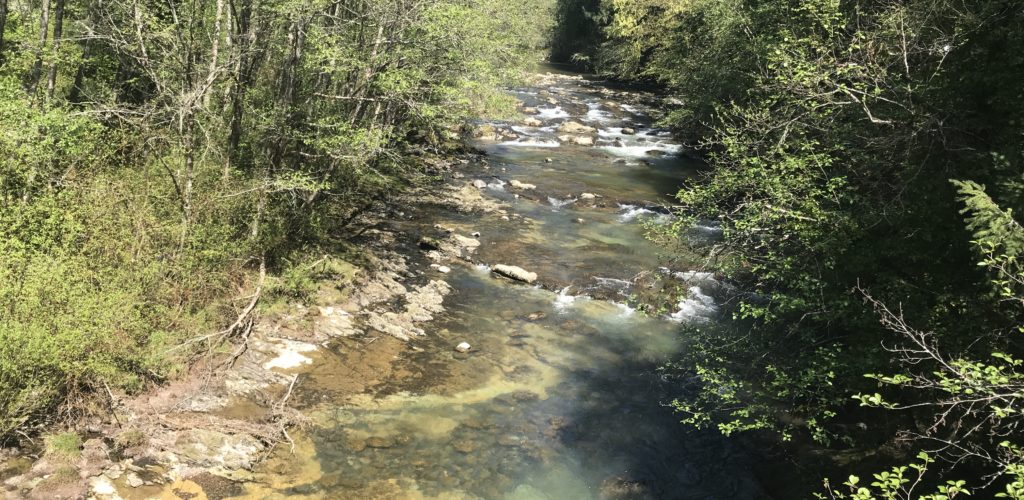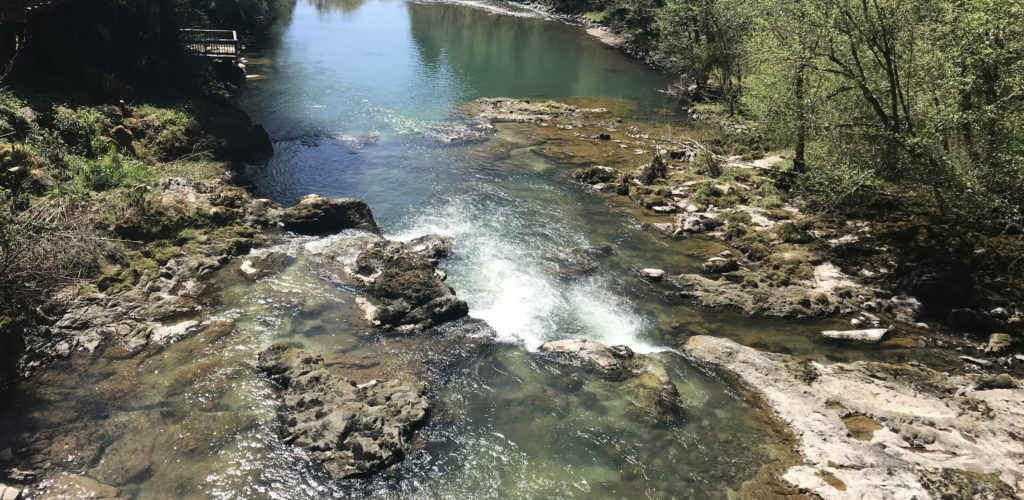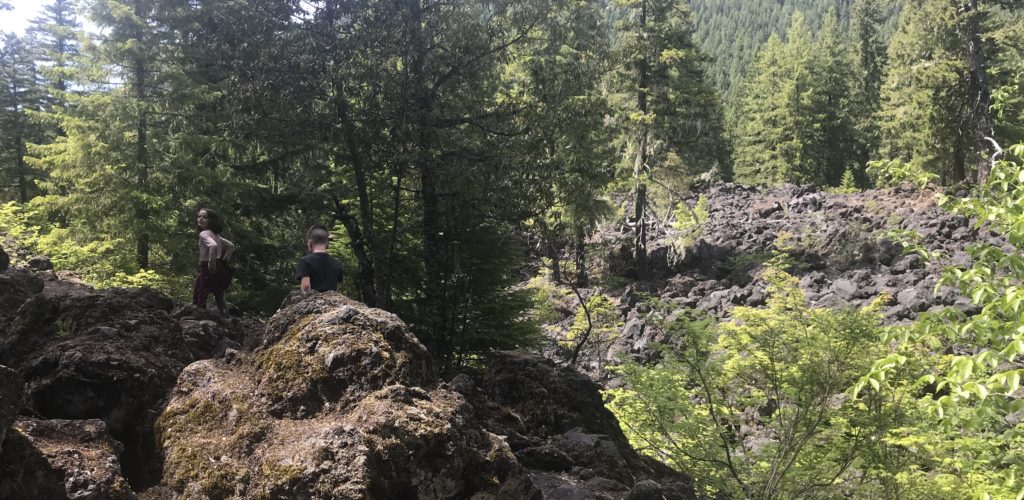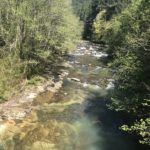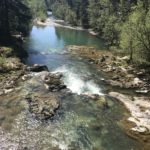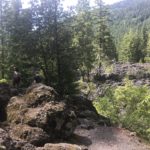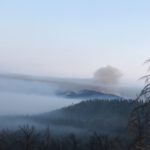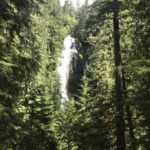The Story
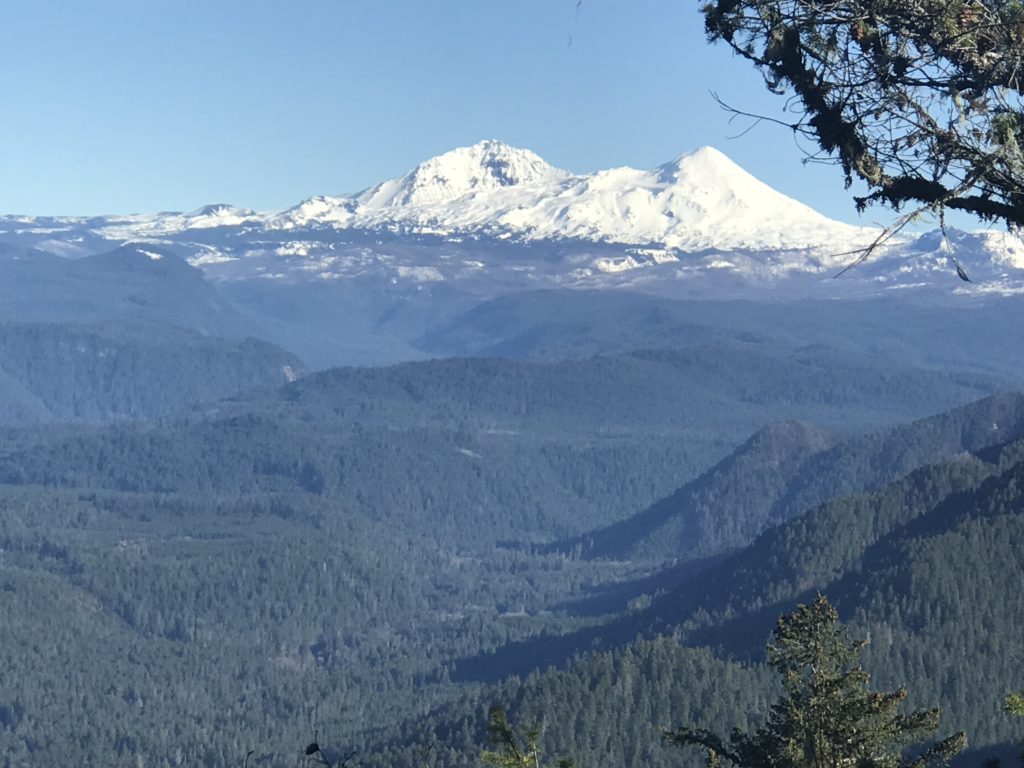
The McKenzie River flows out of the Willamette National Forest and our highway cuts through the 110 miles of trees along the western slopes of the Cascade Range.
The Forest is 1,675,407 acres in size. High mountains, waterfalls, prairies, lava fields and more, create a wonderland of different ecosystems. The Willamette National Forest is right next door to the Willamette Valley. There is over 6,000 miles of road through our Forest. That’s a lot of opportunity for visitors to experience nature unlike anywhere else in the world.
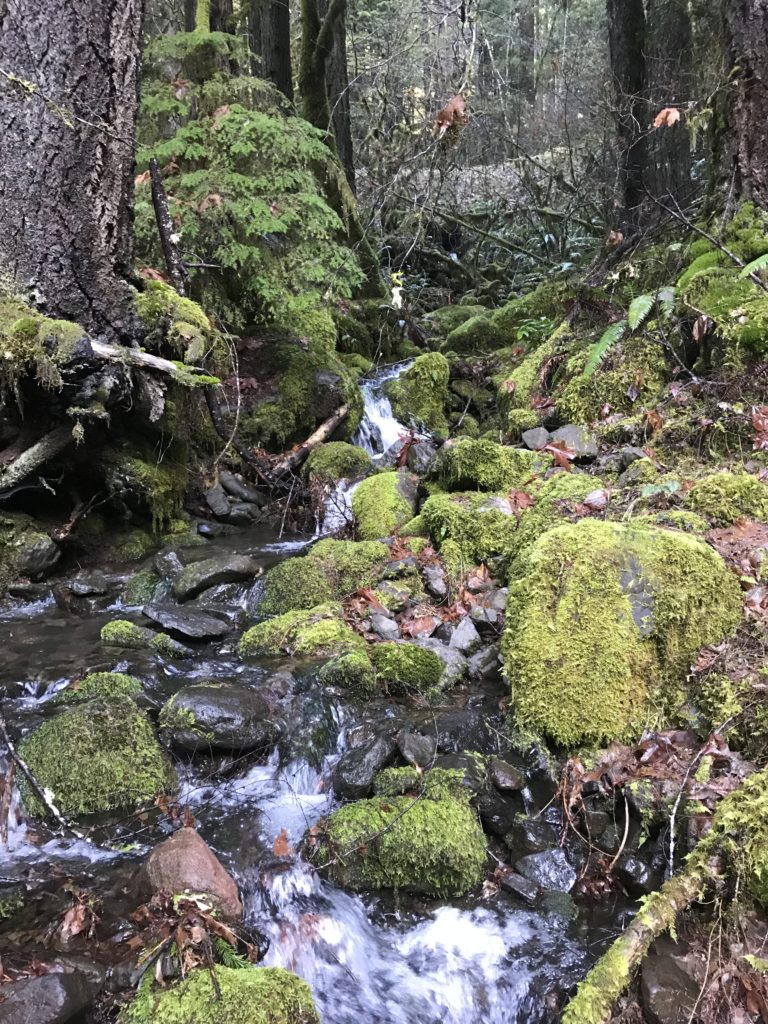
Elevations on the Forest range from about 1,500 feet above sea level to 10,495 feet at the snow-capped top of Mt. Jefferson, Oregon’s second highest peak. The Forest receives a lot of precipitation, much of it is snow from October through April. The rain and melting snow drain into the the McKenzie, Santiam, and Willamette Rivers, which flow from the Forest. There are over 1,500 miles of rivers and streams on the Forest and over 375 lakes, including many at elevations above 4,000 feet.
Most of the forest is covered with Douglas-fir, the State tree of Oregon and contains large stands of old-growth as big as eight feet in diameter. Old growth stands can be seen at Delta Campground, along Fall Creek Trail, and a few other places. There are over fourteen conifer species in the forest as well, including cedar, pine, maple, and several species of fir. Many parts of the Forest show the past effects of fire, insects, wind, and disease which are natural parts of forested ecosystems on the west side of the Cascades.
Over three hundred species of fish and wildlife live in the Willamette National Forest. There are bald eagles, spotted owls, spotted skunks, Rosevelt elk, black bears, cougars, silver foxes, Stellar’s Jays, and much more.
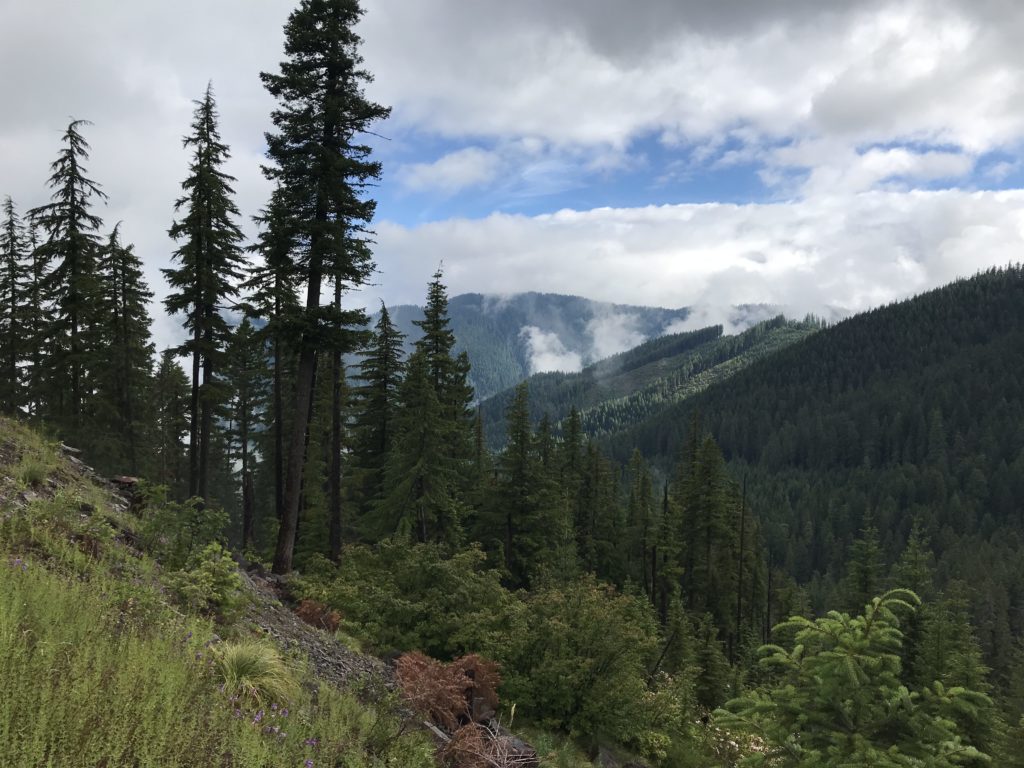
Spending any time in the forest and wilderness area around the McKenzie River is an incredible experience. The air is fresh, crisp, and cool from the cold water or shade of the moss covered maples, cedars, and pine. The precipitation and unique aquifer keep the forest colors vibrant. The coniferous trees are many amazing shades of green while the deciduous trees almost glow with bright oranges, reds, and yellows in the fall because they have enough water to reach those deep colors.
Thousands of years ago, the First People returned to the forest around the McKenzie River to find resources they needed to live. They could find obsidian for tools and weapons, cedar bark for clothes and baskets, berries and game to eat. The forests were a large source the world’s timber and helped many different countries rebuild after world wars. Today, the forests bring visitors from all over the world to see the breathtaking waterfalls, world renown hikes, and recently sports tourism with mountain bikes, races like the McKenzie Trail 50K, and more.
